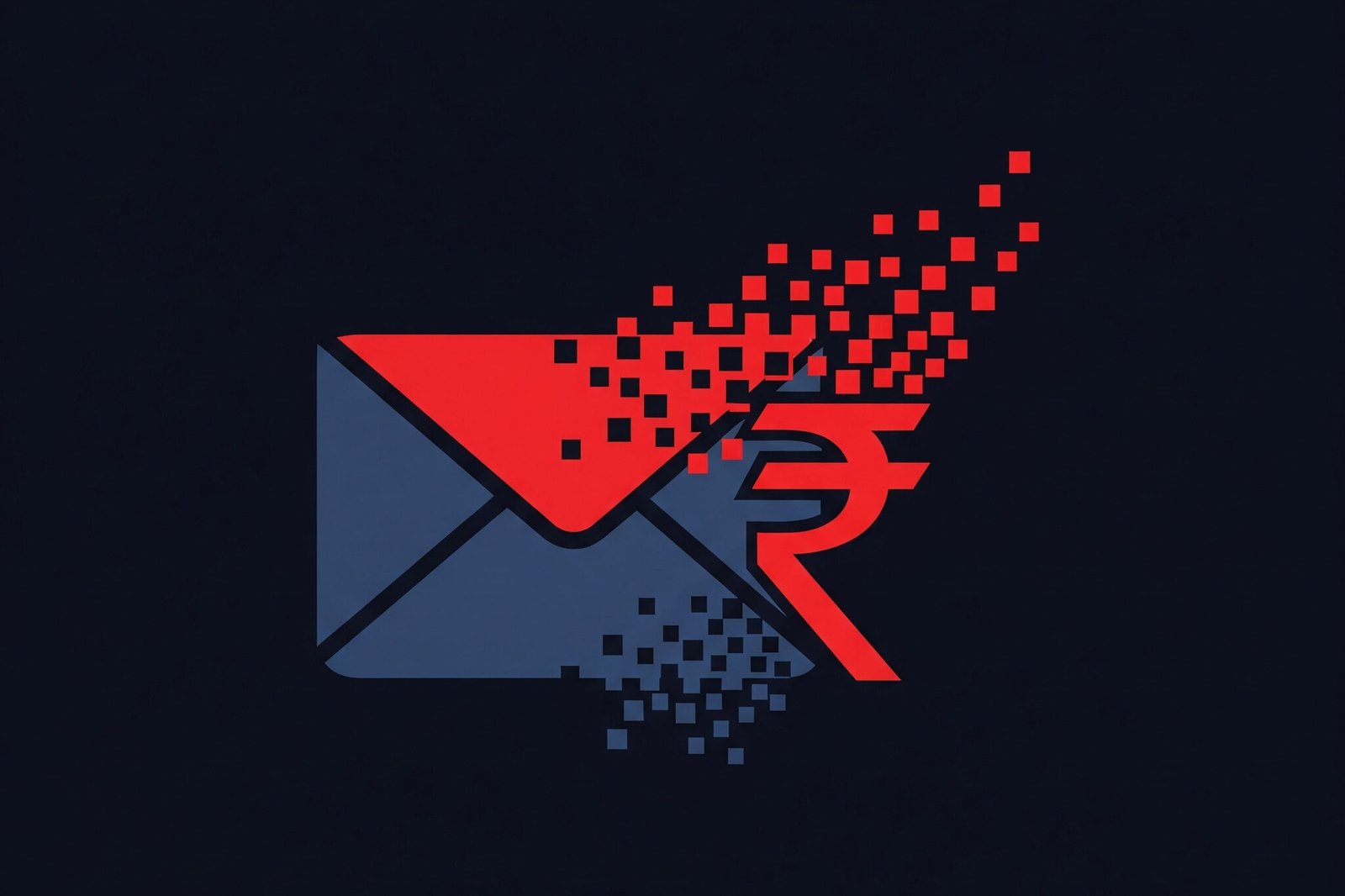What seems like digital hygiene, clicking “unsubscribe” to clean your Gmail inbox, may actually open the door to sophisticated scams. Cybercriminals are exploiting unsubscribe links to identify active users, harvest credentials, and deploy malware. In a time of inbox overload, experts urge vigilance over convenience.
FCRF x CERT-In Roll Out National Cyber Crisis Management Course to Prepare India’s Digital Defenders
A Click Too Far: The Hidden Dangers Lurking Behind “Unsubscribe”
In a world flooded with promotional emails, newsletters, and never-ending offers, the unsubscribe button feels like a much-needed relief — a digital broom to sweep away inbox clutter. But cybersecurity experts are raising a red flag: that harmless click could be the beginning of a serious breach.
Welcome to the Gmail Unsubscribe Scam, a clever phishing tactic that capitalizes on your need for digital cleanliness. Fraudsters embed “unsubscribe” links in malicious emails not to help you, but to confirm your email is alive, a small but valuable piece of data in the cybercrime marketplace. Once confirmed as active, your address can be resold to spam rings, used in spear-phishing campaigns, or targeted for malware delivery. The danger escalates if these links redirect you to phishing pages or prompt you to “confirm your email” or “enter your password.” The simplicity of the scam is what makes it so effective.
According to cybersecurity firm DNSFilter, nearly 1 in 644 unsubscribe links leads to a harmful site, a staggering statistic considering the billions of emails sent daily.
From Validation to Exploitation: How the Scam Works
The scam’s foundation lies in email address harvesting. By embedding code in unsubscribe buttons, scammers can track who clicked, effectively confirming whether the account is in active use. These addresses are then categorized as “valid,” becoming high-value assets in underground markets.
But it doesn’t stop there. Many fake unsubscribe pages imitate legitimate forms, asking users to:
- Enter credentials to “verify” their identity
- Download a confirmation file infected with malware
- Allow browser notifications, opening doors for persistent phishing ads
This mirrors a broader trend where scammers blend psychological manipulation with technical deception. Users conditioned to declutter their inbox feel an urgency and relief when they see an unsubscribe option. It’s a behavioural pattern fraudsters exploit with precision.
How to Stay Safe: Think Before You Click
Tech experts and cybersecurity firms offer a straightforward mantra: “Don’t click unsubscribe unless you trust the sender.” Instead, Gmail and most modern email clients offer safer tools to manage unwanted mail:
- Use native “List-Unsubscribe”: At the top of marketing emails, Gmail often displays a secure opt-out button linked directly to legitimate email platforms like Mailchimp or Constant Contact.
- Mark as spam: This trains Gmail’s AI to filter future messages from the sender without any interaction on your part.
- Use alias or masked emails: Services like Apple’s “Hide My Email” and ProtonMail’s aliases protect your primary address from being harvested.
- Inspect the email sender’s domain: Spelling errors, unusual addresses, or lack of HTTPS security on linked pages are all red flags.
For those managing business emails or multiple accounts, email filtering rules and sandboxing tools can add layers of defence. Importantly, never input personal data on pages linked from an email unless verified through other means.
Algoritha: The Most Trusted Name in BFSI Investigations and DFIR Services
The Gmail unsubscribe scam is a potent reminder of how everyday habits can be weaponized in the digital age. It plays not on greed or ignorance, but on the universal desire for order. As inboxes get smarter, so do scammers. Navigating this arms race will require not just better tools, but deeper awareness. The unsubscribe button might clean your inbox, but it could also compromise your entire digital life.
About the author – Prakriti Jha is a student at National Forensic Sciences University, Gandhinagar, currently pursuing B.Sc. LL.B (Hons.) with a keen interest in the intersection of law and data science. She is passionate about exploring how legal frameworks adapt to the evolving challenges of technology and justice.





